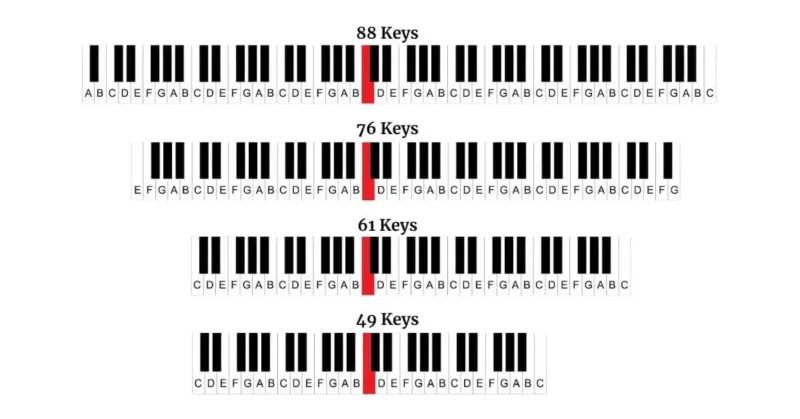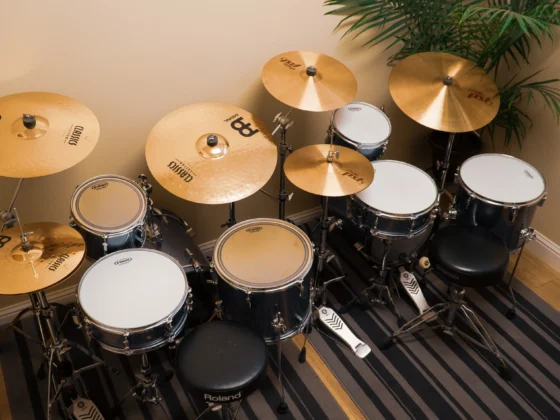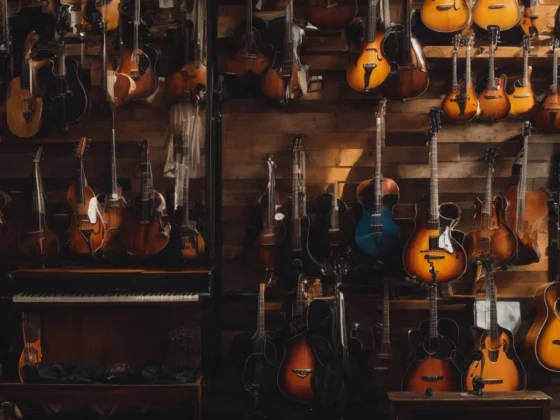When you think of a piano, the image of a grand instrument with a long row of black and white keys likely comes to mind. But have you ever wondered exactly how many keys are on a piano? As a music enthusiast and piano expert, I’m here to dive deep into this question and explore the fascinating world of piano keys.
The Standard 88-Key Piano
The most common answer to “how many keys on a piano?” is 88. This has been the standard for full-sized pianos since the late 19th century. But why 88? Let’s break it down:
- 52 white keys: Representing the natural notes (A, B, C, D, E, F, G)
- 36 black keys: Representing the sharps and flats
These 88 keys span just over seven octaves, providing pianists with a wide range of notes to create beautiful music. The lowest note on a standard piano is an A (A0), and the highest is a C (C8).

The Evolution of Piano Keys
The piano we know today has come a long way since its invention. Let’s take a brief journey through time:
- 1700: Bartolomeo Cristofori invents the piano with only 54 keys
- Early 1800s: Pianos typically had 85 keys
- 1880s: Steinway & Sons standardizes the 88-key layout
- Present day: 88 keys remain the most common configuration
This evolution reflects the changing needs of composers and performers over time, as well as advancements in piano manufacturing technology.
Variations in Piano Key Count
While 88 keys are standard, there are pianos with different key counts:
Smaller Keyboards
- 25-key: Often found on small synthesizers or MIDI controllers
- 49-key: Common in portable keyboards and entry-level digital pianos
- 61-key: Popular for beginners and those with limited space
- 76-key: Offers a good balance between portability and range
These smaller keyboards are often used for:
- Learning the basics of piano playing
- Composing or arranging music
- Performing in tight spaces
- Portable music-making
Pianos with More Than 88 Keys
Some high-end pianos feature additional keys for an extended range:
- Imperial Bösendorfer: 97 keys, extending the bass range down to F0
- Stuart & Sons: Up to 108 keys, reaching both lower and higher pitches
These extra keys are rarely used in most compositions but can add unique textures to certain pieces of music.
Understanding Piano Key Layout
The layout of piano keys follows a specific pattern:
- White keys: Represent natural notes (A, B, C, D, E, F, G)
- Black keys: Represent sharps and flats, arranged in groups of two and three
- Octave pattern: The pattern repeats every 12 keys (7 white, 5 black)
This arrangement allows pianists to easily identify notes and play in different keys without confusion.
Key Numbering Systems
There are several ways to number or label piano keys:
- 1-88 numbering: Simply counting from left to right
- Octave-based labeling: Using letter names and octave numbers (e.g., C4 for middle C)
- MIDI system: Assigns numbers 0-127, with middle C as note #60
Understanding these systems can be helpful for pianists, especially when working with digital instruments or music notation software.
The Relationship Between Piano Keys and Human Hearing
The range of a standard 88-key piano aligns closely with human hearing capabilities:
- Lowest note (A0): 27.5 Hz
- Highest note (C8): 4,186 Hz
- Human hearing range: Typically 20 Hz to 20,000 Hz
This range covers most of the frequencies we can perceive, making the 88-key piano suitable for reproducing a wide variety of musical compositions.
Differences Between Acoustic and Digital Piano Keys
While both acoustic and digital pianos often have 88 keys, there are some key differences:
| Aspect | Acoustic Piano | Digital Piano |
|---|---|---|
| Feel | Weighted, responsive | Varies (from light to fully-weighted) |
| Sound production | Strings and hammers | Sampled or synthesized |
| Customization | Limited | Can often change sounds, touch sensitivity |
| Maintenance | Regular tuning required | Minimal maintenance |
Digital pianos offer flexibility in key count and features, making them popular for beginners and those with space constraints.
Learning to Play Piano: Key Count Considerations
When learning to play the piano, the number of keys can impact your experience:
- Beginners: May start with 61 or 76 keys to learn basics
- Intermediate players: Benefit from 88 keys for a full range
- Advanced pianists: Often prefer 88 keys or more for complex pieces
It’s important to consider your goals and available space when choosing a piano or keyboard for learning.

FAQ: Common Questions About Piano Keys
88 keys provide a range that covers most musical compositions and aligns with human hearing capabilities.
Conclusion
Understanding how many keys are on a piano opens up a world of musical possibilities. Whether you’re playing a standard 88-key grand piano, a compact 61-key digital keyboard, or an extended range 97-key Bösendorfer, each configuration offers unique opportunities for musical expression.
As you explore the world of piano playing, remember that the number of keys is just one aspect of this beautiful instrument. The true magic lies in the music you create, regardless of how many keys are at your fingertips.
So, the next time you sit down at a piano, take a moment to appreciate the rich history and thoughtful design behind those keys. Whether you’re a beginner just starting out or an experienced pianist, there’s always something new to discover in the world of piano keys.








